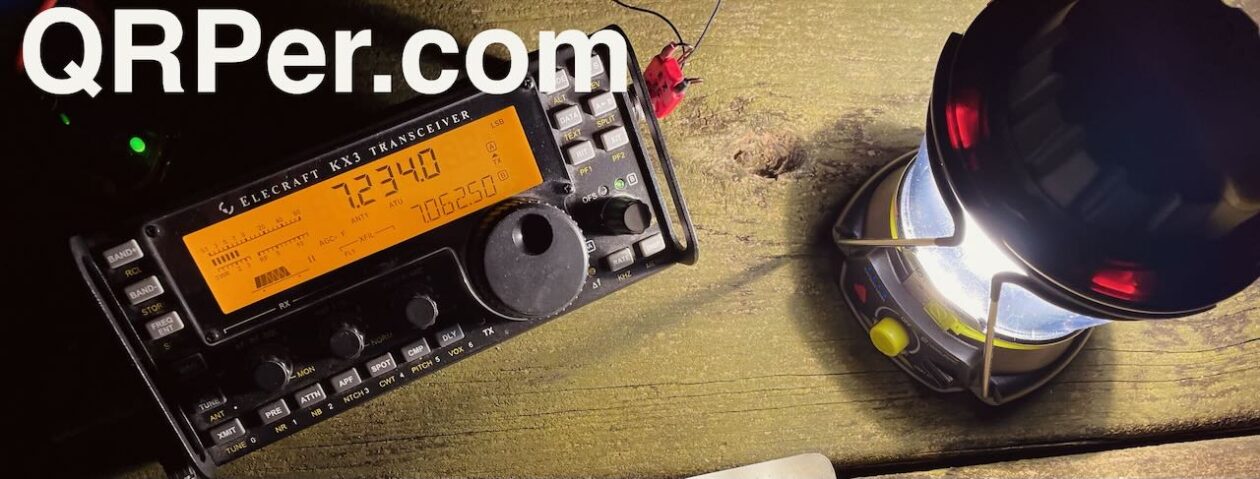by Thomas (DM1TBE)
As I have written in my activation report for Klínovec, a summit in the Czech Republic, I am trying to activate places outside my home region DM, Germany – Low Mountains in SOTA or DA in POTA. With the May 1st being a public holiday, the long weekend provided a perfect opportunity for an activation a bit further away.
After a while looking around, I chose Brissetish Kopf (FL/VO-126) in France. The summit was close to the German border, hasn’t received much love with only 8 SOTA activations and was also a POTA spot for F-1697 Vosges du Nord Regional Park and WWFF Parc Regional des Vosges du Nord, FFF-0035. That promised enough QSOs for me and provided chances for chasers.
The small cluster to which the arrow points are the Vosges, actually the northern Vosges (Vosges du Nord). The cluster south of it are the higher part of the Vosges. The Vosges are a range of low mountains in Eastern France, which continues as Palatinate Forest on the German side of the border, with the highest summit being 1,424 m / 4,672 ft.
I started my journey quite early, leaving around 8am. During the drive I could not help but had to tease Thomas (K4SWL), who spent quite some time in France and, as far as I know, enjoyed it.
The French region Alsace, through which I had to drive to the Vosges, is quite interesting. The region was disputed over several hundred years between Germany and France and changed back and forth between the two. Many place names are still German, or sometimes a mix of French and German. After the World War II, the region returned to France – hopefully the last change.
I used Google Maps to drive to a parking place close to the summit, but my first attempt ended here:
Not sure why Google meant to show me this – thanks for the 30 minutes detour.
Roughly a half hour later, I arrived at Climbach, the small village next to the summit. Based on findings, the area is populated since the Middle Stone Age, that ranged from 280,000 to 25,000 years ago.
Continue reading Getting To France With Detours: A SOTA/POTA/WWFF Triple Activation


























































